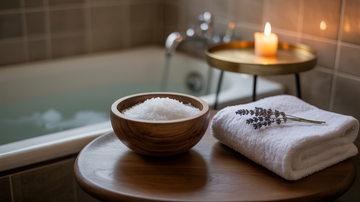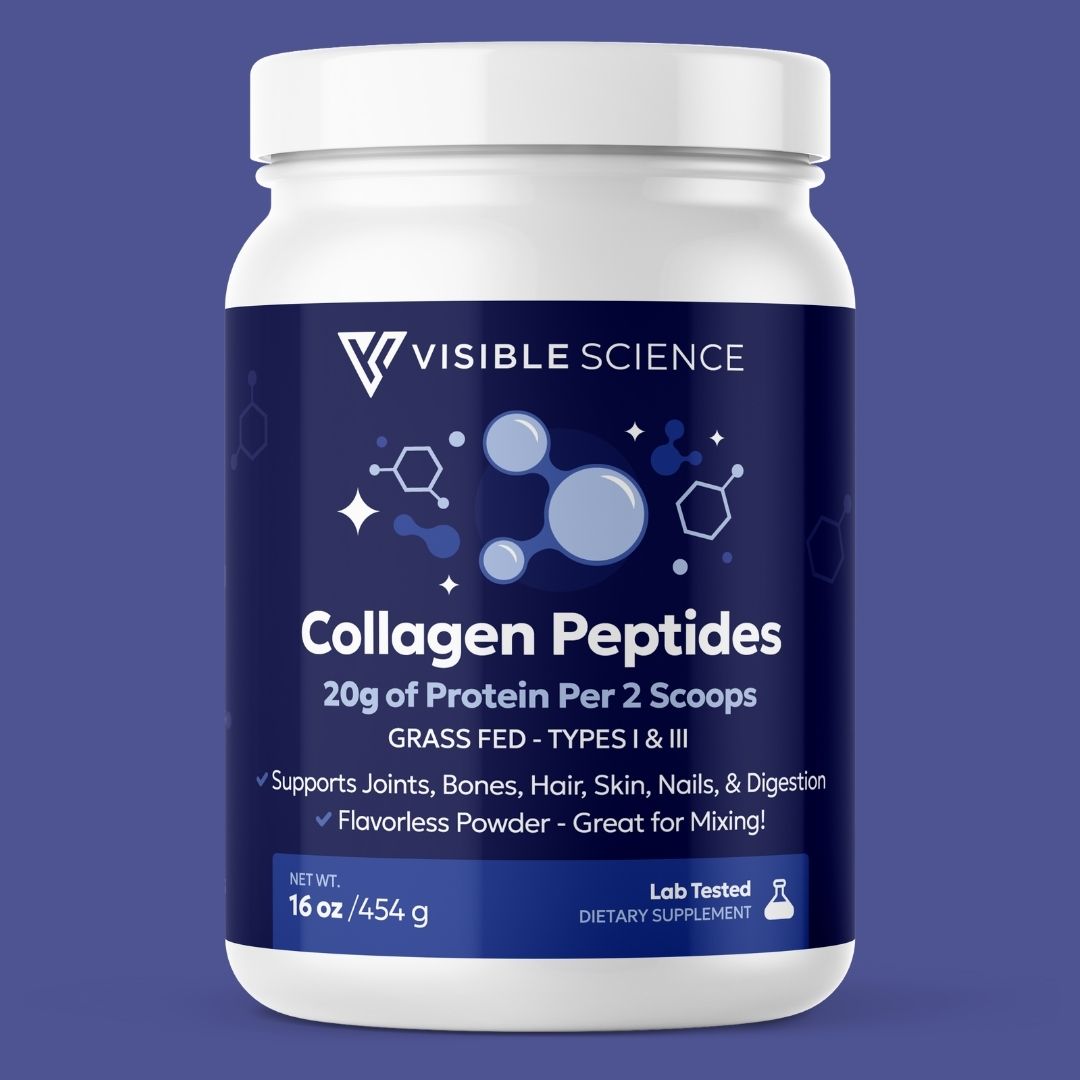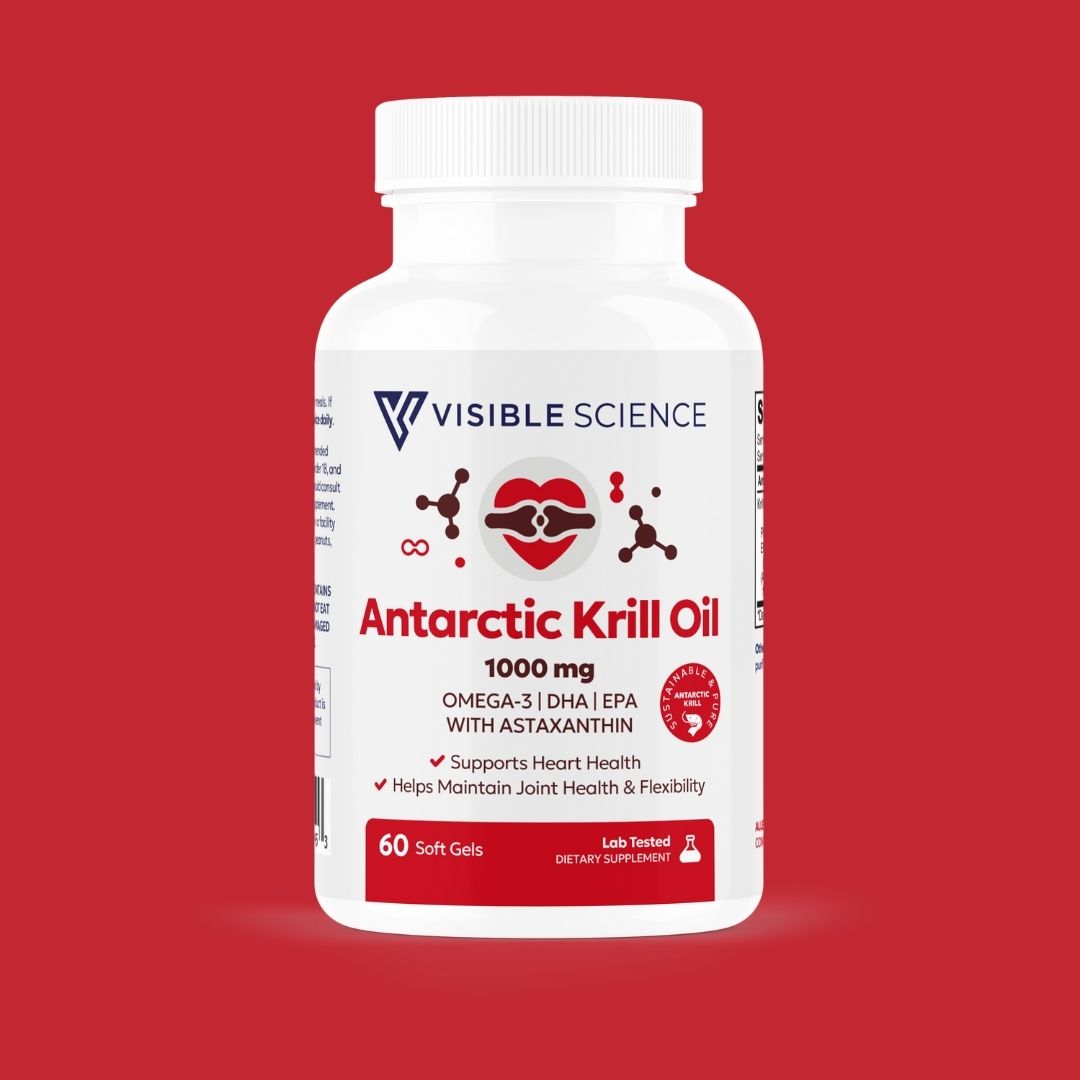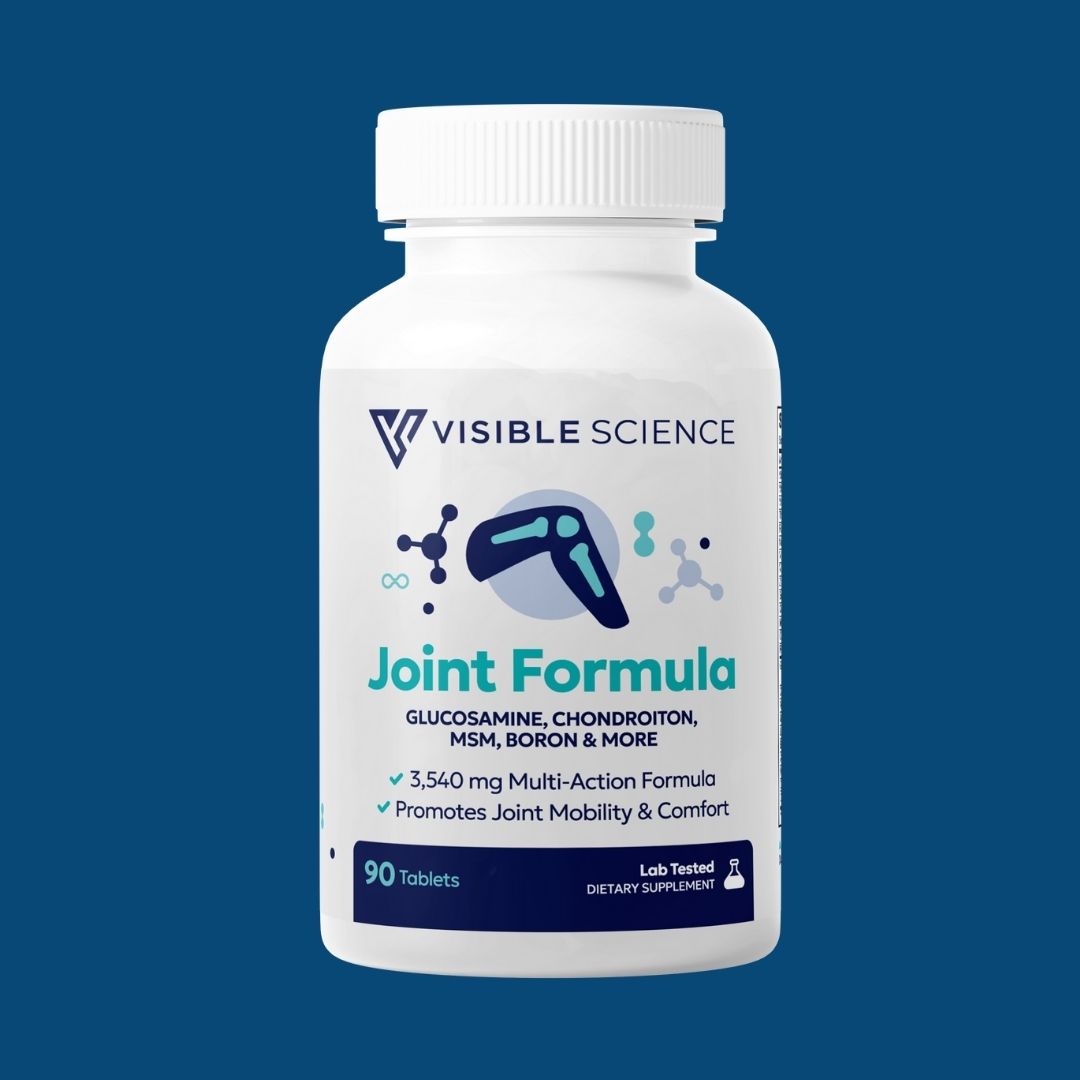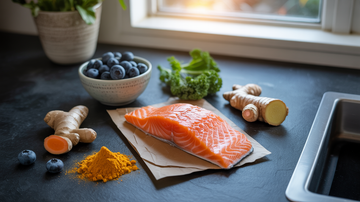The Real Secret to Happy Joints? It’s Not What You Think
When people think about joint health, they often picture weightlifting, yoga classes, or maybe even high-tech fitness gear. But the truth is, supporting your joints doesn’t have to be intense, expensive, or time-consuming. In fact, the most effective changes are usually the small, consistent ones you barely have to think about.
Your joints thrive on movement, hydration, and circulation. And with just a few simple habits woven into your day, you can boost mobility, reduce stiffness, and protect your joints for the long haul—no gym membership required. Ready to feel better? Let’s dive into five easy, science-backed ways to get moving smarter.
1. Move Every 30 Minutes (Seriously, Set a Timer)
Think of movement like oiling a hinge. The more you sit still, the more your joints stiffen—especially in the hips, lower back, and knees. When you move, you increase circulation of synovial fluid, the lubricant that cushions and protects your joints.
A two-minute stretch, a short walk to refill your water, or even just standing and swinging your arms can make a difference. Set a timer for every 30–45 minutes during the day as a gentle reminder to get up and move. Your joints will thank you with smoother, less creaky movement.
2. Soak in an Epsom Salt Bath (Yes, It Works)
An Epsom salt bath isn’t just relaxing—it’s magnesium-rich, and magnesium plays a big role in muscle and joint function. A warm soak can help ease muscle tension, calm inflammation, and reduce joint discomfort, especially after a long day on your feet or a tougher-than-usual workout.
Try soaking for 15–20 minutes in warm (not hot) water with about 2 cups of Epsom salt. Bonus: it doubles as a stress-reducing ritual to help your whole body unwind.
3. Drink More Water Than You Think You Need
Your joints are surrounded by cartilage and filled with synovial fluid, both of which are highly water-dependent. If you’re dehydrated, your joints can lose elasticity and lubrication, which leads to stiffness, soreness, and less shock absorption.
Make it a goal to sip water consistently throughout the day—not just when you’re thirsty. Carry a reusable bottle, flavor your water with lemon or cucumber, or track your intake if that helps. Hydrated joints are happy, springy joints.
4. Use Ice to Calm Sore Spots Fast
Whether it’s post-exercise tension or that familiar ache after a long day, cold therapy can help minimize inflammation and reduce pain. You don’t need fancy tools—just grab an ice cube wrapped in a thin towel or a cold metal spoon and gently massage the sore area.
This simple trick works by constricting blood vessels and reducing surface-level inflammation, making it perfect for quick relief after repetitive movement or unexpected flare-ups.
5. Try the 90/90 Drill for Hip Mobility
Your hips are the body’s powerhouse—but they’re also one of the first places we lose mobility as we age or spend long hours sitting. The 90/90 mobility drill is a low-impact move that helps open up the hip capsule, improve rotation, and reduce pressure on your knees and lower back.
To try it: Sit on the floor with one leg bent in front of you at a 90° angle and the other behind you at 90°. Lean slightly forward over the front leg to feel a stretch. Hold, then switch sides. It’s gentle, effective, and only takes a few minutes a day to see noticeable gains in movement comfort.
Don’t Wait for Pain to Make a Change
Joint health isn’t just about fixing problems—it’s about preventing them before they mess with your day-to-day. You don’t need to overhaul your life to feel a difference. Just a few consistent habits—moving more often, staying hydrated, soaking in magnesium, and tuning in to your body—can unlock smoother, pain-free movement well into the future.
Your body is built to move. With the right care, it can keep doing that—comfortably, confidently, and on your terms.
